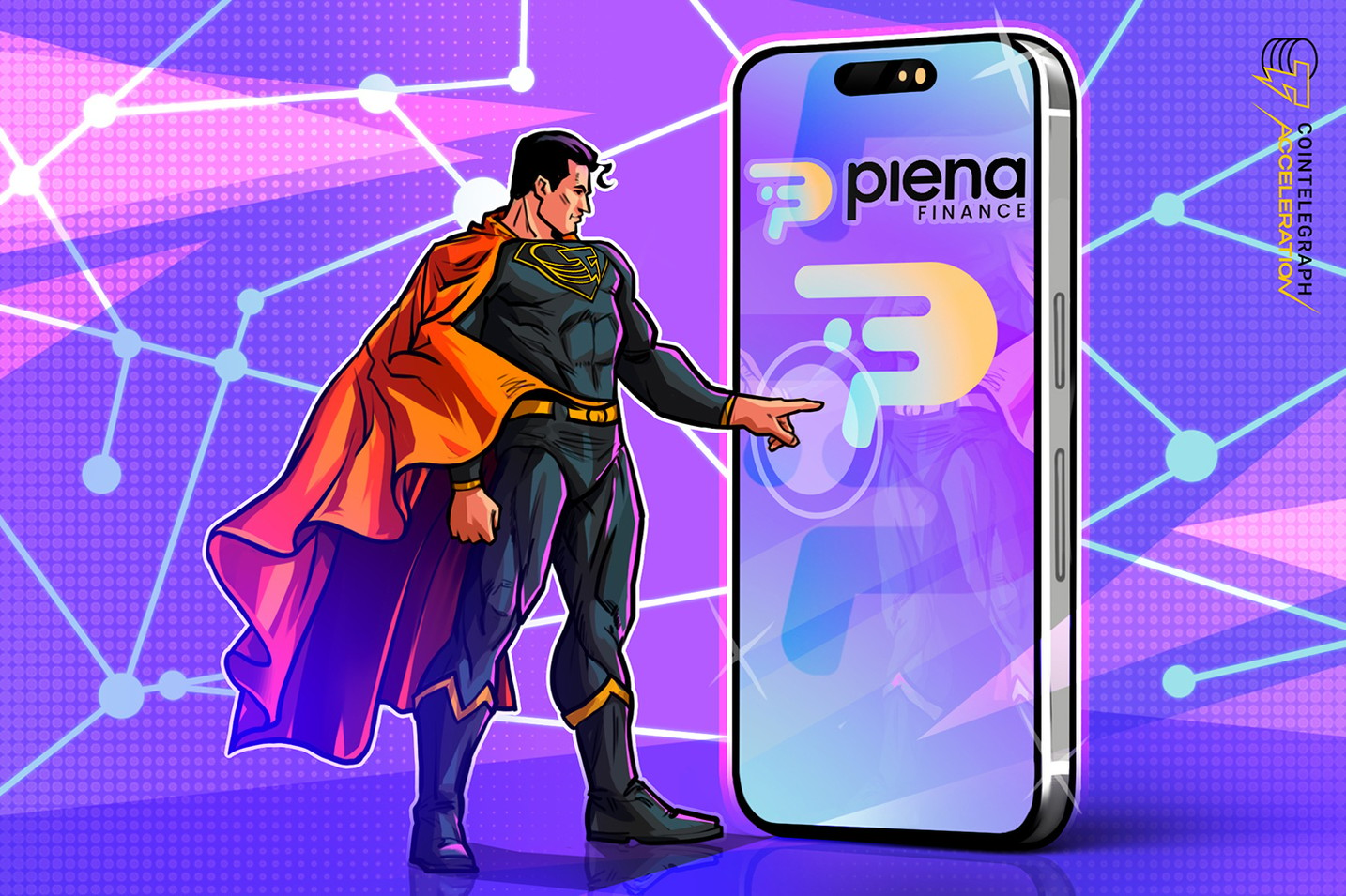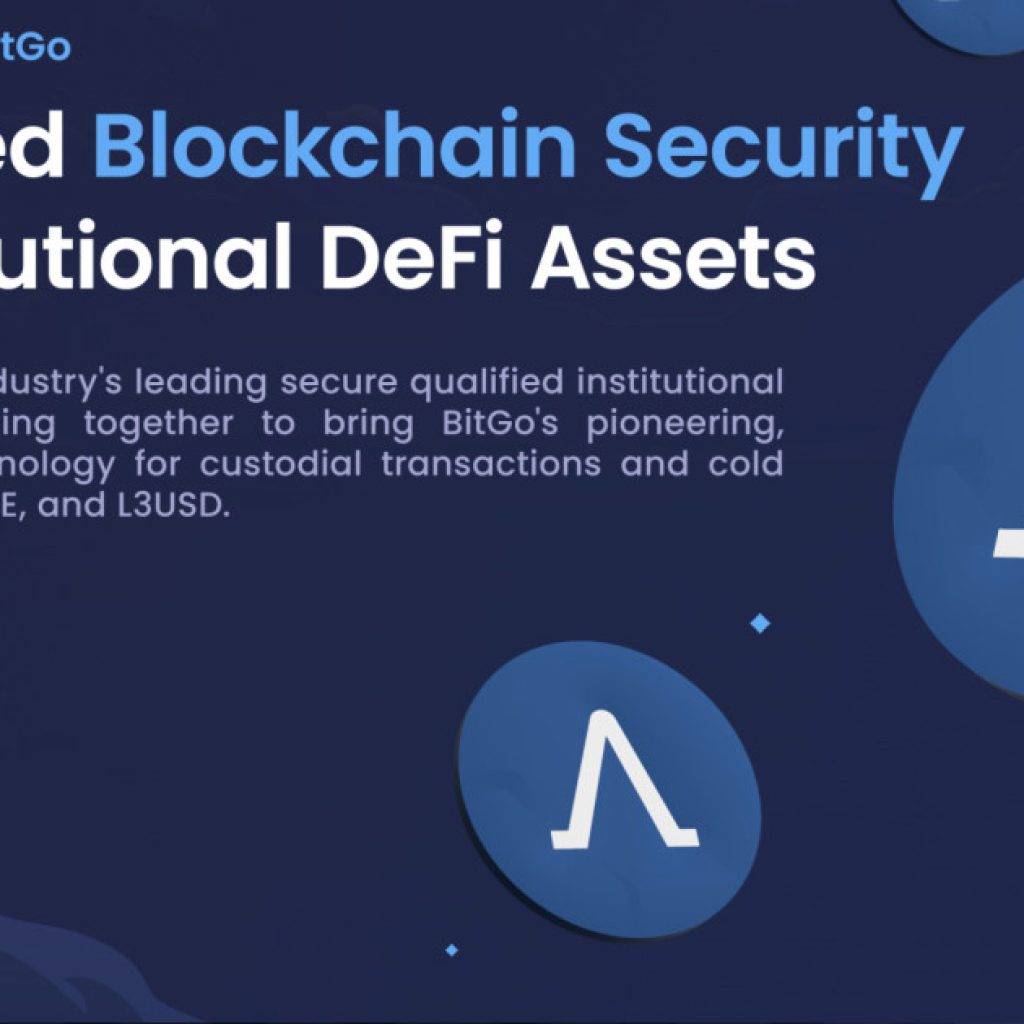
Plena, a crypto super app using account abstraction since a year before Vitalik Buterin’s white paper, has become the latest participant of the Cointelegraph Accelerator.
In traditional finance, centralized institutions like banks manage people’s assets, opening room for vulnerability to risks such as fraud, hacking and insolvency. Ransomware attacks on financial services increased from 55% in 2022 to 64% in 2023, and the International Monetary Fund (IMF) suggests that financial cyber threats are growing. Ironically, the centralized custody model is still prevalent in the crypto space. Although cryptocurrencies are built on the principles of decentralization, users still actively use centralized exchanges.
Transferring assets to centralized systems leads to security vulnerabilities, as demonstrated by the Mt. Gox loss of 850,000 Bitcoin (BTC). Fraud cases that reveal the weaknesses of centralized structures underscore the importance of self-custodial protocols. Self-custody allows users to have total control over their private keys and assets, mitigating risks associated with third-party management.
However, self-custody models place all responsibility on the user and managing personal storage wallets requires technical knowledge. Understanding blockchain complexities, like gas fees and native tokens, can be challenging for those managing their assets directly. Also, key crypto figures suggest self-custody models need to maximize safety against coercion. In other words, the crypto industry needs better self-custody alternatives.





